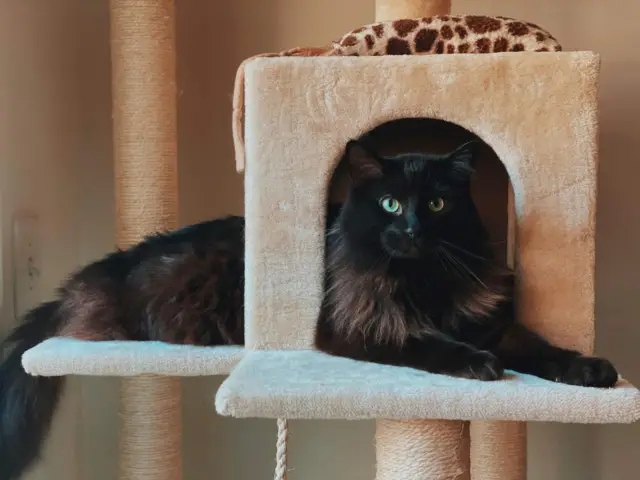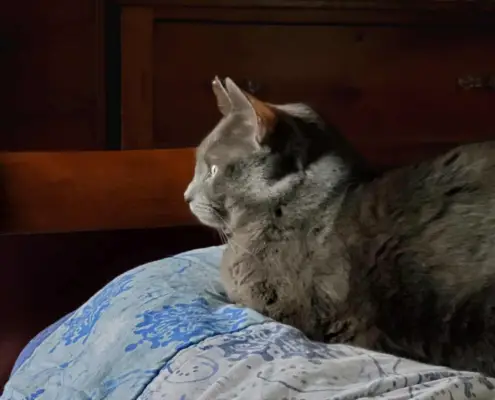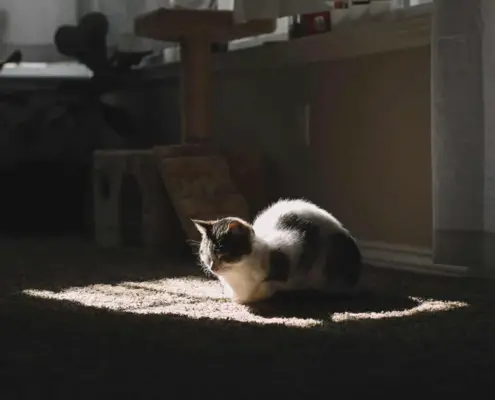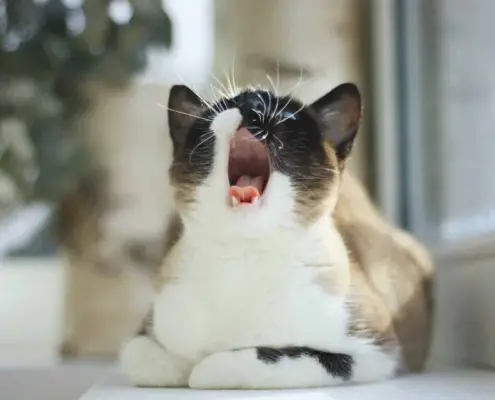
Cats have long been known for their mysterious and sometimes peculiar behaviors. From excessive grooming to kneading and purring, these actions have often left pet owners scratching their heads in confusion. However, understanding these strange behaviors is crucial for building a strong bond with your feline companion. By delving into the reasons behind their actions, you can gain insight into their needs, emotions, and overall well-being.
The importance of understanding cat behavior
To truly appreciate and care for your cat, it is vital to understand their behavior. Cats are complex creatures with unique personalities, instincts, and communication methods. By deciphering their actions, you can better respond to their needs and ensure their happiness and comfort. Moreover, understanding cat behavior can also help in identifying any potential health issues or stress triggers that may be affecting your furry friend.
Common strange behaviors in cats
Cats exhibit a wide range of unusual behaviors that may leave their owners perplexed. One common behavior is excessive grooming, where cats spend hours licking themselves. While grooming is a natural behavior, excessive grooming can indicate underlying issues such as allergies, parasites, or anxiety. By identifying the cause, you can address the problem and ensure your cat’s well-being.
Exploring the reasons behind excessive grooming in cats
Excessive grooming in cats can be triggered by various factors. One possible reason is stress or anxiety. When cats feel overwhelmed, they may resort to excessive grooming as a way to self-soothe. Another reason could be allergies, either to certain foods or environmental factors. Additionally, parasites such as fleas or mites can cause itching, leading to excessive grooming. It is essential to consult with a veterinarian to determine the root cause and provide appropriate treatment.
Understanding the meaning of a cat’s tail movements
A cat’s tail is a significant indicator of their mood and intentions. Understanding the meaning behind different tail movements can help you decipher your cat’s emotions. For example, a high, upright tail signifies confidence and contentment, while a puffed-up tail indicates fear or aggression. A gently swaying tail can indicate curiosity, while a flicking tail may signal annoyance or irritation. By observing your cat’s tail movements, you can better understand their state of mind and respond accordingly.
Decoding the mysterious purring behavior in cats
Purring is one of the most enchanting sounds a cat can make, but its purpose is not always clear. While purring is often associated with contentment, cats also purr when they are in pain, anxious, or seeking attention. It is believed that purring serves as a self-soothing mechanism for cats, helping them cope with various emotions. By paying attention to the context in which your cat purrs, you can better understand their needs and provide appropriate care.
Unraveling the significance of kneading behavior in cats
Kneading, also known as “making biscuits,” is a behavior commonly observed in domestic cats. This action involves pushing their paws in and out against a surface, often accompanied by purring. Kneading is believed to be a remnant behavior from when cats were kittens, as they would knead their mother’s belly to stimulate milk flow. In adult cats, kneading is a sign of comfort, contentment, and relaxation. By appreciating this behavior, you can create a soothing environment for your cat and strengthen your bond.
The science behind a cat’s fascination with boxes
It is no secret that cats love boxes. Whether it’s a shoebox or a cardboard container, cats seem irresistibly drawn to these confined spaces. The reason behind this behavior lies in a cat’s instinctual need for security and territory. Boxes provide a safe and sheltered space that cats can claim as their own. Additionally, the enclosed environment of a box helps cats feel protected and reduces stress. So next time you see your cat nestled inside a box, remember that it is their way of finding comfort and security.
Explaining the reasons behind a cat’s love for high places
Have you ever wondered why cats are so fond of perching on top of furniture or climbing to high places? This behavior can be traced back to their wild ancestors. In the wild, cats would seek elevated positions to survey their surroundings, spot potential prey, and avoid predators. This instinctual behavior is still present in domestic cats today. Providing your cat with vertical spaces, such as cat trees or shelves, not only satisfies their natural instincts but also offers them a sense of security and territory.
Appreciating and embracing cats’ unique behaviors
Cats’ strange behaviors may seem puzzling at times, but by gaining insight into their motivations, we can develop a deeper appreciation for their unique traits. Understanding the reasons behind excessive grooming, tail movements, purring, kneading, and their affinity for boxes and high places allows us to provide the best care and environment for our feline friends. So, the next time you observe your cat engaging in a peculiar behavior, take a moment to appreciate the fascinating complexity of their minds and embrace their individuality.
Show your love for your furry companion by creating a cat-friendly environment that caters to their natural instincts. Provide them with vertical spaces, cozy hiding spots, and interactive toys to stimulate their minds and keep them happy and healthy.
If you enjoyed my article, I would appreciate you sharing it with your network.

Sima Ndlebe
Sima writes for CatBuzz. He is interested in Cats, Health and Fitness, and Entrepreneurship.
Published: 6 December 2023




